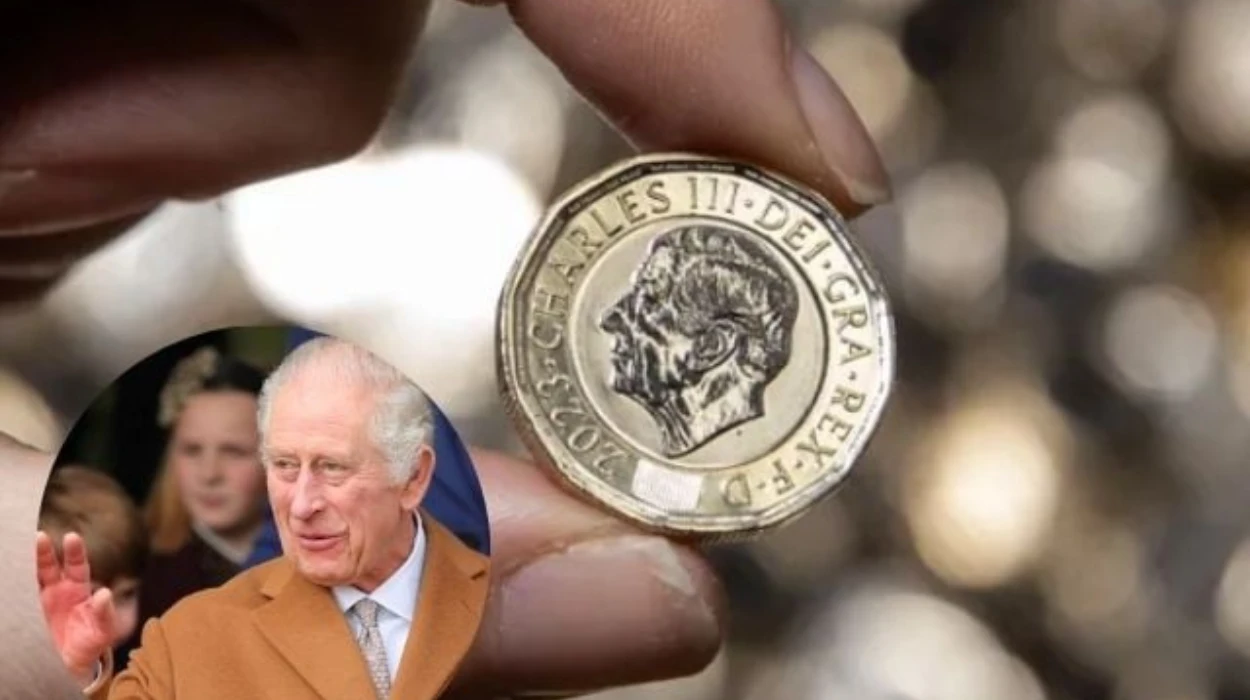London (Parliament Politics Magazine) – The first £1 coin carrying the official portrait of King Charles III has joined general circulation as part of a collection encouraged by plants and animals seen across the four nations of the United Kingdom.
What Are the New Designs Featured on Coins?
The most delinquent design, featuring two bees, has been given to Post Offices and banks, with nearly 3m coins pushing their way into tills and pockets. All species contained in the designs, overseen by the king, are in dynamic conservation programmes and describe the flora and fauna found in different parts of the UK.
The 1p displays a hazel dormouse, the 2p a red squirrel, the 5p an oak tree leaf, the 10p the endangered capercaillie, the 20p a puffin and the 50p a salmon. The £1 coin shows two bees and the £2 coin a rose for England, a daffodil for Wales, a thistle for Scotland and a shamrock for Northern Ireland.
The Royal Mint revealed the eight latest designs, from the 1p to the £2 coin, in October. The following month, it began production of several million of each coin, with the 50p coin, showing a salmon, entering circulation later that month. The remaining denominations are anticipated to enter circulation throughout the rest of the year, in line with the market.
How Will the New Coin Designs Replace the Previous Shield Emblem?
These coin designs will ultimately replace the current shield, which features an emblem of the home nations: a rose, a thistle, a shamrock and a leek, and was raised under Queen Elizabeth II in 2008. Rebecca Morgan, the director of the commemorative coin at the Royal Mint, stated: “We hope the designs across all denominations spark important conversations about the conservation of these important species. In a poll of almost 3,000 people executed by the Royal Mint, the £1 coin was crowned as the favoured among all eight designs, with the 2p, displaying the red squirrel, following closely in second place.
Who Oversaw the Design of the New Commemorative Coins?
The Royal Mint’s chief engraver, Gordon Summers, supervised the designs, alongside an advisory committee. The coins were made with the support of the Royal Horticultural Society and the Royal Society for the Protection of Birds.


